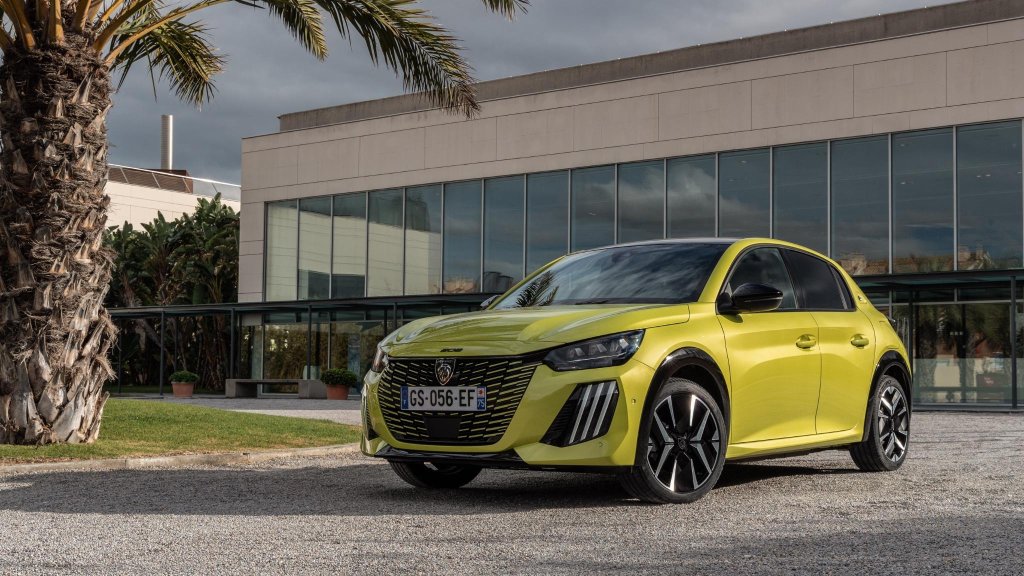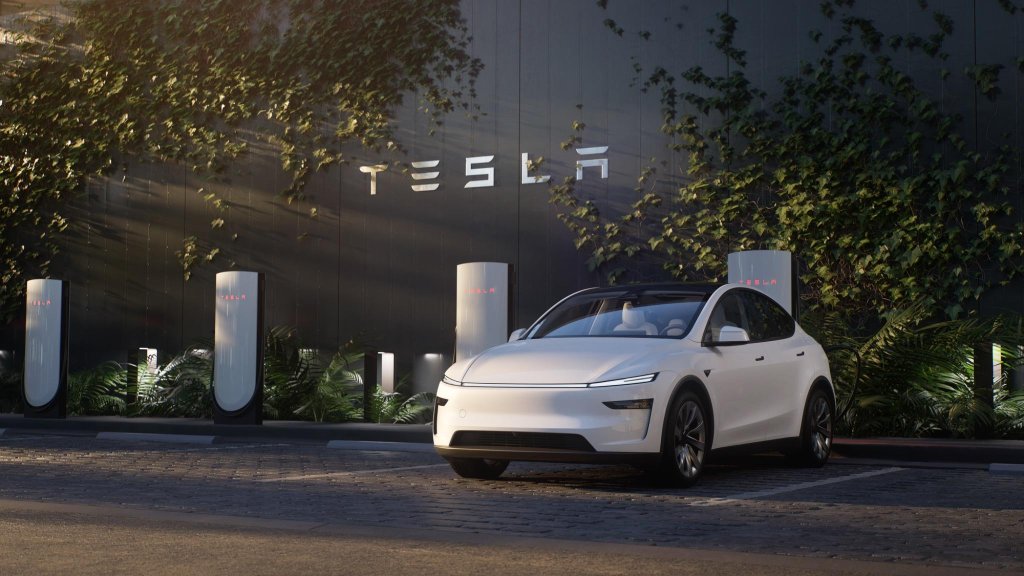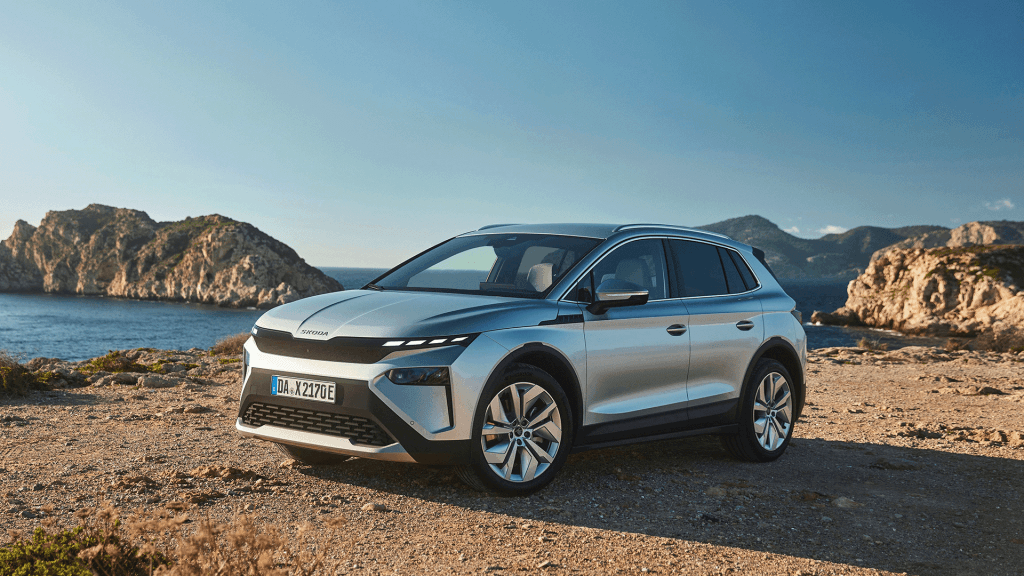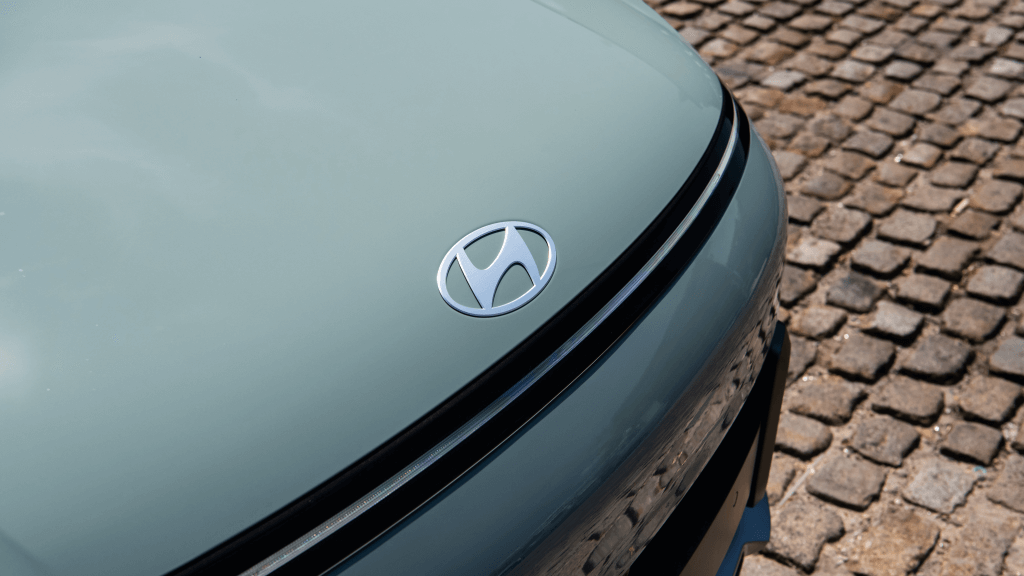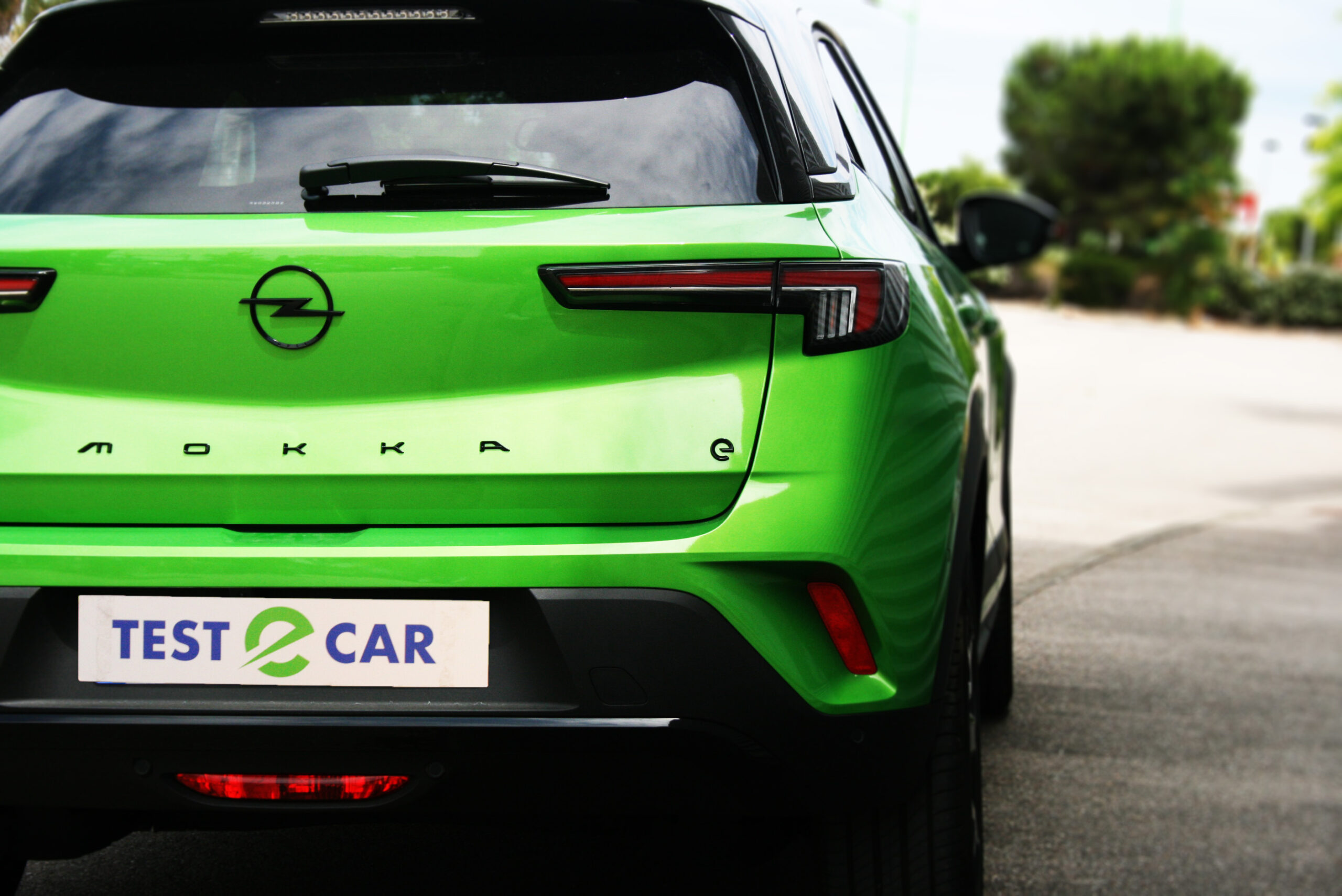
Buying an EV (electric vehicle) means thinking about recharging. This is a key factor in its use. What type of charging point should I use to recharge my vehicle? Which connector should I use? These are some of the questions you might ask yourself without necessarily having all the information in your possession. Here at Test e Car, we’ve chosen to look at the different types of charging points, and to give you as much information as we can!
Where can I find charging points?
First of all, what is a charging point? A charging point is a piece of equipment that enables an electric vehicle to be recharged efficiently and safely. By the fourth quarter of 2023, France will have more than 100,000 charging points. In recent years, with the growing number of zero-emission vehicles on the road, many of us have been wondering where the charging points are and what solutions are available to find them. Most of them are located in public car parks, with dedicated spaces. Charging time is generally free in return for payment of the parking charge.
These charging points can also be found in supermarket car parks. According to a recent study, the owner of a zero-emission vehicle spends on average 30 minutes more on the premises than the owner of a conventional car. To do so, you need to go to the shop’s reception desk to collect an access code or a recharging card offered by the supermarket. You can buy a recharge card directly online from an approved service. Good to know: some charging points in supermarket car parks are not systematically linked to nearby businesses. There are also charging points in urban areas. They are managed by local authorities. For the moment, there are not many of them, but the government intends to increase their development in order to encourage clean mobility.

How do I use a charging point?
Contrary to popular belief, charging your car is just as easy as filling up with petrol. There are many apps that allow you to geolocate the different types of recharging points closest to your location. Among them:
- Chargemap
- PlugShare
- Electromaps
You can also check in real time which charging points are available. This is a handy way of saving time when looking for a charging point. To be able to recharge, you will need a subscription card or a payment method to access the charging point.

What types of charging points are available to users?
Free-standing charging points
This type of loader is fixed to a mounting base or pole. They are mainly found in shopping areas, but also in urban areas. They have the advantage of being easy to use. You will need a type 2 cable to connect your vehicle to the charging point.
Fast chargers
This type of charging was introduced by Tesla in 2012. Also known as “Superchargers“, they offer faster, more efficient charging than conventional charging points. For your information, a supercharger is one that offers a charging capacity of over 43 kW. First of all, it’s important to check whether your vehicle has a CCS connector. Don’t worry, the great majority of new-generation EVs are equipped with one. Be careful, too many fast charges can lead to premature battery wear. So remember to alternate between different types of charging points.
Wallboxes
As its name suggests, this is a wall-mounted charging point, perfect for your home. They are extremely easy to use and take up very little space, as they are usually positioned high up. Different wallbox models have different charging capacities. This capacity will be calculated according to the electricity meter at your home.

What type of connector is used on a charging point?
CCS connector
This is the most recent type of plug on the market. It provides rapid DC charging with a maximum power output of 350 kW. Thanks to its ultra-modern design, you can charge your EV quickly (on average 80% in just 30 minutes). The vast majority of fast-charging vehicles are compatible with a CCS combo connector.
Type 1 connector
This plug operates on a single-phase power, with a maximum output of 7.4 kW. It is not widely available on European charging points, but is more common in the USA and in Asia. This type of plug has 5 pins.
Type 2 connector
This type of plug, also known as a “Mennekes connector”, can supply power from 3.7 kW to 43 kW. This is the type of plug you’ll find on public charging points, but also on home charging points. This plug has a circular shape and a flat top. It has the unique feature of being able to handle a normal charge, or an accelerated charge if required.
Type 4 or CHAdeMO connector
This plug enables rapid DC charging and can accept a maximum power of 400 kW. It is used in particular by Asian carmakers. It is important to note that this plug cannot be used for AC charging. The vehicles concerned will need to be equipped with one plug for alternating power and another for direct power. It has 10 pins. In the medium term, this plug will be phased out and replaced by new types of connectors.
Domestic plug
You can also charge your EV using a simple domestic plug. However, manufacturers strongly discourage using this method and recommend charging cars using a charging point, which is safer and much more efficient in terms of time.

A steady increase in the number of charging points
The network of charging points is currently expanding fast. With the number of EV registrations rising steadily, infrastructure companies are stepping up their efforts to meet users’ needs as effectively as possible. More than 25,000 new charging points are planned for our territory every year. Charging times are becoming shorter all the time, and it’s now easy to charge your vehicle with complete peace of mind, especially as even more efficient types of charging points may appear in the next few years. One thing’s for sure: going electric is now easy!


